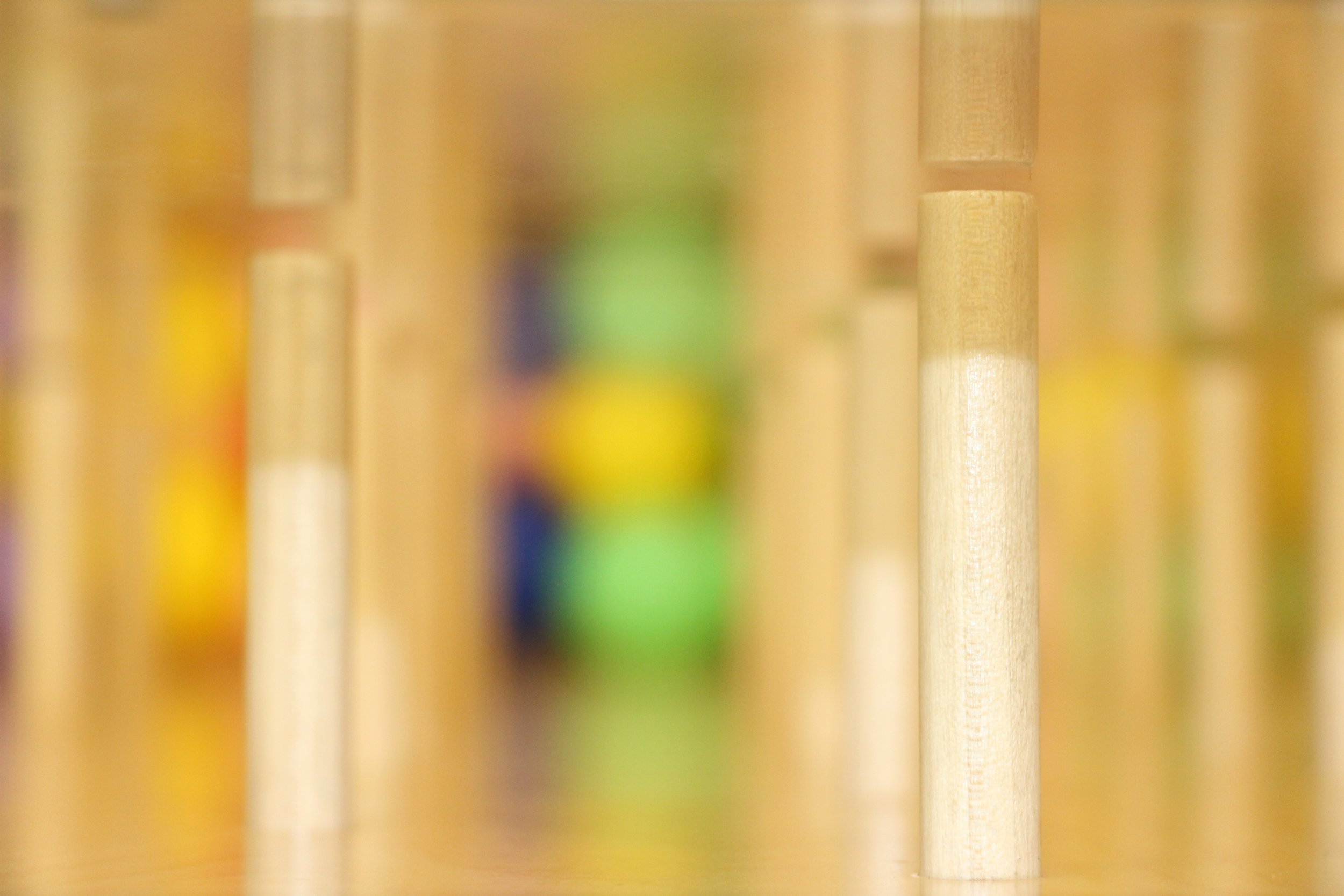Play Matters
Photo by. Sarah Brown
Play allows children to grow and develop outside of structured learning. Although it might not seem like it, play is something that adults can try to prioritize and help facilitate.
Kathy Sundeen, Visitor Experience Manager at the Duluth Children’s Museum, helped simplify the importance of giving children time for play. “Play is how kids learn, you can’t learn unless you’re playing.”
To get more technical, Sarah Huisman wrote that open-ended play develops physical, social, emotional and cognitive skills in her academic article titled “The Importance of Play.”
Visitor Experience Manager, Kathy Sundeen. Photo by. Sarah Brown
“Through play, young children learn about the world in which they live,” Huisman wrote.
Children often have a lot of daily structured activities that provide them with important learning opportunities, but giving children time and space to explore their own interests is vital. Sundeen believes that the Duluth Children’s Museum can help provide that space.
“We are here to provide different experiences for children and their families, and help model reactions and inactions to provide safe risky play,” Sundeen said. Her past experience as a preschool head teacher and master’s degree with an early childhood emphasis certainly makes her a knowledgeable member of the Duluth Children’s Museum staff.
‘Risky’ play is not play that puts children in dangerous situations, according to Alison Stephenson’s text called “Physical Risk-taking: Dangerous or Endangered?” ‘Risky’ play includes activities like going down a slide, climbing up a ladder or completing a puzzle. While these may not seem like risks to adults, physical activity and trying new things are not easy tasks for younger children.
Sundeen notes that encouraging children and buying into what they are doing can help provide a positive atmosphere for their playtime. Following a child’s lead helps them to explore their own interests without adult interference.
Huisman’s article, which can be found in Childhood Education (Vol. 90, Issue 6), gives some tips on how adults can create a space for positive play at home:
Create time
Yes, we know this might sound impossible! If you can, building in some time to be outside gives children the opportunity to observe, learn from and question their world. After-dinner family playdates can be a great time for younger kids to get invested in their play with encouragement from their adults.
Environment
Turn off the iPads, T.V. screens and phones so that kids can focus on playtime instead.
Materials
Huisman reminds us that a simple cardboard box can allow a child to build and imagine a thousand different things. Blocks, clay, dolls and pretend food are also listed as toys that encourage creativity and problem-solving.
The Duluth Children’s Museum aims to provide indoor and outdoor opportunities for play, including ‘risky’ play, for children who may not have access otherwise. Inside are spaces for climbing, sliding, pretending to fly a plane, cook a dish and to learn something new.
Photo by. Sarah Brown
Though the Duluth Children’s Museum is just one level, they are working to expand to their second floor with the help of fundraising. They are open Wednesday through Sunday, 9:00 a.m. to 4:00 p.m., located at 2125 W. Superior St., Duluth, MN.



